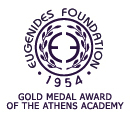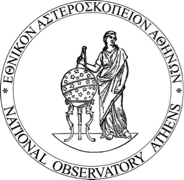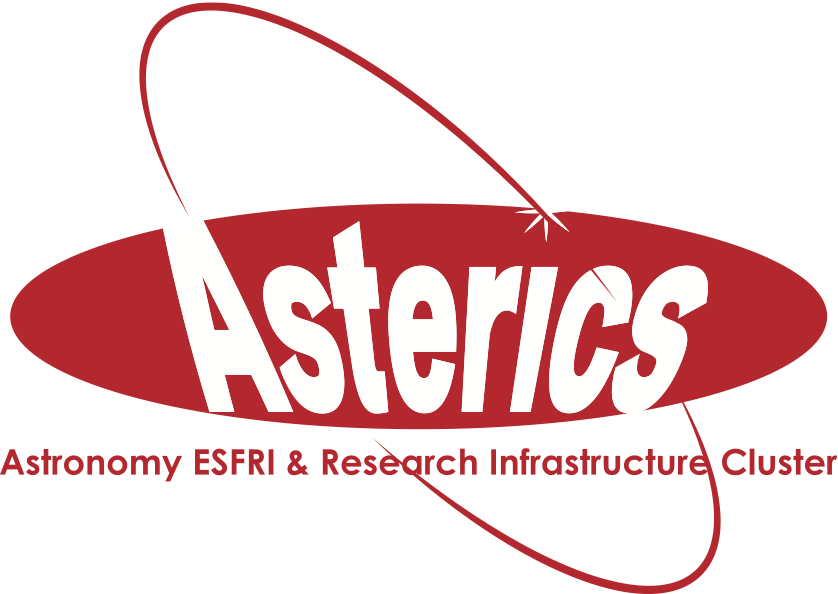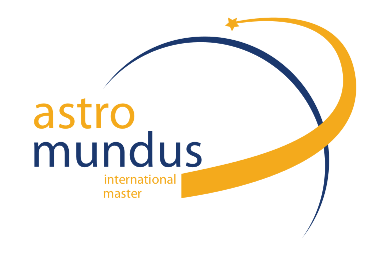Symposium S1
4 – 6 July 2016
On the Threshold of 1st Gaia Data - the Gaia Research for European Astronomy Training (GREAT) Network Science Symposium
Aims and scope
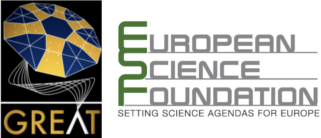 The ESA cornerstone mission Gaia was successfully launched in December 2013, and began routine survey operations in July 2014. Gaia will provide an unprecedented all-sky astrometric, photometric, and spectroscopic survey that will not only revolutionise our understanding of the formation history of the Milky Way, but that will also have a significant impact on many other areas of astronomy ranging from solar system science to quasars.
The ESA cornerstone mission Gaia was successfully launched in December 2013, and began routine survey operations in July 2014. Gaia will provide an unprecedented all-sky astrometric, photometric, and spectroscopic survey that will not only revolutionise our understanding of the formation history of the Milky Way, but that will also have a significant impact on many other areas of astronomy ranging from solar system science to quasars.
The key goals of our symposium will be for the Gaia project to provide the science community with the latest scientific and technical performance of Gaia, to look ahead at the first release of Gaia data, scheduled for the summer of 2016, including science from the two years of Gaia science alerts (e.g. asteroids, supernovae, novae, etc), and to give the community the opportunity to present the latest science results from activities carried out by and in the Gaia/GREAT community.
GREAT (an initiative of the ESA Gaia Project, Gaia Science Team and Data Processing and Analysis Consortium Executive) is a pan-European research network involving over 1000 researchers in 20+ countries with a common interest in maximising the science potential of Gaia. It was funded (2010-2015) via ESF and EU network programmes (http://www.great-esf.eu and http://www.great-itn.eu). GREAT is fully open to all European (and indeed world wide) astronomers, and will seek to expand further 2016-2020 through the GAIA-Net (http://www.great2net.eu) and GAIA-ITN programmes.
GREAT has supported science activity in the form of over 60 conferences, workshops and schools together with numerous exchange visits (see http://great.ast.cam.ac.uk/Greatwiki/GaiaScienceMeetings). Its working groups cover topic areas where Gaia will have major impact (e.g. galactic structure and evolution, distance scales, massive stars, end states of stellar evolution, exoplanets, solar system, statistics, to name but a few - see http://great.ast.cam.ac.uk/Greatwiki/CategoryWorkgroups).
GREAT plenary meetings have run since 2009, allowing members of the GREAT and wider community to participate in a dynamic fashion. They are structured around Gaia updates, presentations from related organisations (e.g. ESO), reports from new initiatives, and new science results from the network activities.
Since 2012, the GREAT plenary has been organised within the high impact EAS EWASS.
Programme
The programme will be available at the meeting website - see http://great.ast.cam.ac.uk/Greatwiki/GreatMeet-PM9
- Gaia / GREAT Status
- Gaia Performance Evaluation & Outlook on First Gaia Data
- Gaia Data Release 1: Exploring the Gaia Archive System
- Focus science ? Gaia Transients
- Focus science ? Preparing for exploitation of the first Gaia data release
- Focus science ? Gaia Milky Way surveys
- Special session ? Distance scale
Invited speakers
The speakers and programme will be available at the meeting website - see http://great.ast.cam.ac.uk/Greatwiki/GreatMeet-PM9
Scientific organisers
The co-Chairs are Anthony Brown (Leiden Observatory, Leiden University, NL), Nicholas Walton (Institute of Astronomy, University of Cambridge, UK), and Timo Prusti (ESTEC, ESA). The organising committee consists of the members of the Gaia Science Team and the DPAC Executive: Carine Babusiaux (Paris, FR), Coryn Bailer-Jones (Heidelberg, DE), Uli Bastian (Heidelberg, DE), Laurent Eyer (Geneva, CH), Carme Jordi (Barcelona, ES), Floor van Leeuwen (Cambridge, UK) Lennart Lindegren (Lund, SE), Xavier Luri (Barcelona, ES), Sergei Klioner (Dresden, DE), Francois Mignard (Nice, FR), Dimitri Pourbaix (Brussels, BE), Maria-Sofia Randich (Arcetri, IT), Paola Sartoretti (Paris, FR), Hassan Siddiqui (ESAC, ESA, ES), Caroline Soubiran (Bordeaux, FR), Veronique Valette (Toulouse, FR), Antonella Vallenari (Padova, IT)
Contact
Anthony Brown (brown @ strw.leidenuniv.nl)
Updated on Wed Feb 17 08:25:30 CET 2016
|
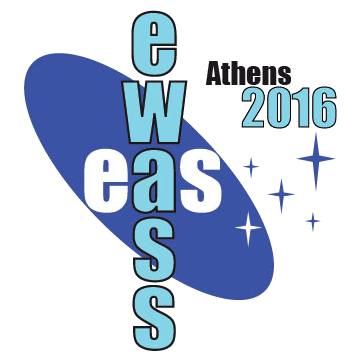
 A power cut will shut down all EAS services on Tuesday, 10 January 2017 starting at 7:30 CET.
A power cut will shut down all EAS services on Tuesday, 10 January 2017 starting at 7:30 CET.


